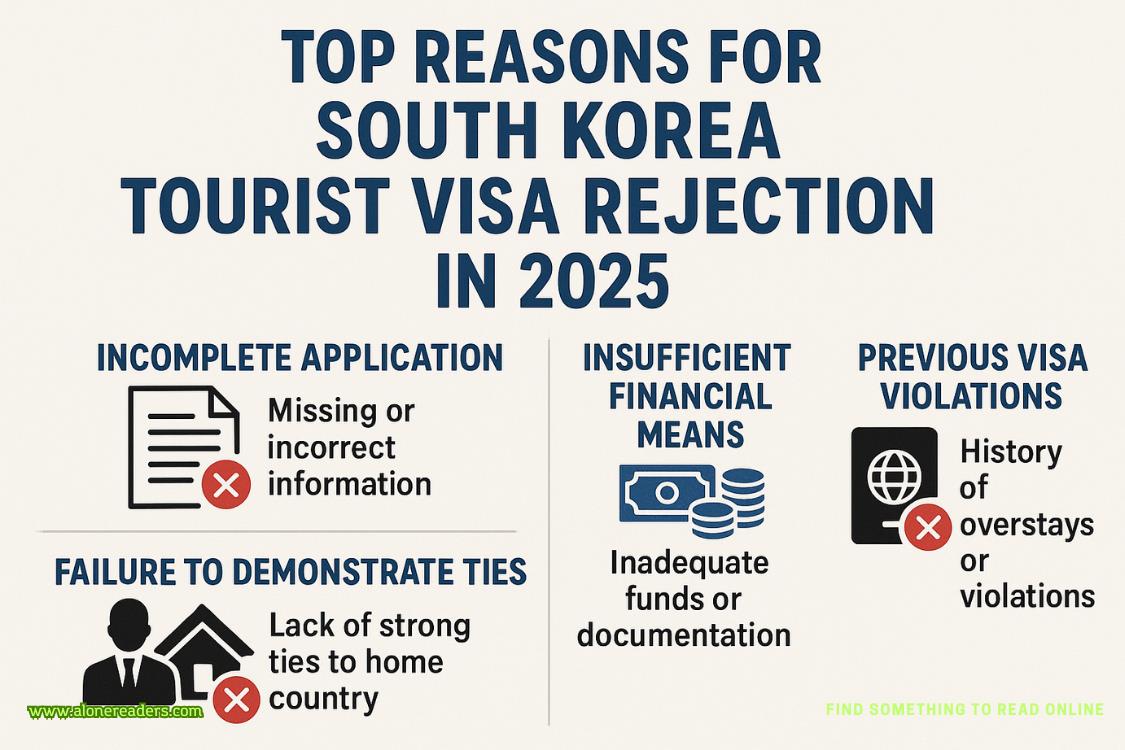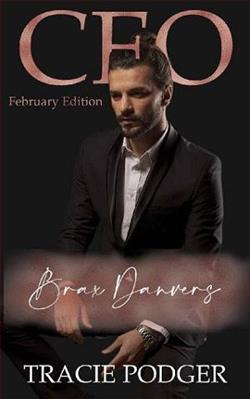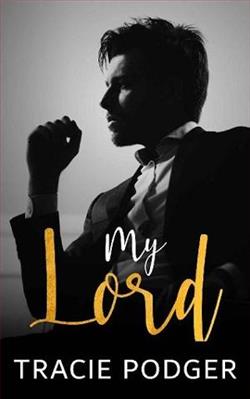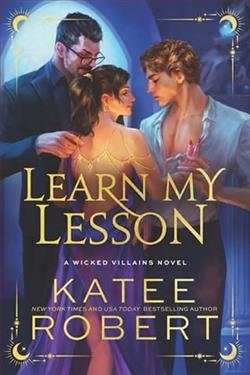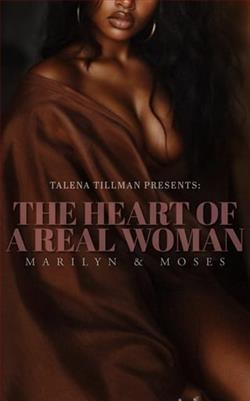Page 67 of Shadowed Whispers
As soon as she exits, I turn to Bishop. “Trouble in paradise?” My tone is light, but the undercurrent of my displeasure is palpable.
“I broke up with her,” he admits, moving around his desk to shuffle papers, a clear attempt to regain some control over the situation.
“Was that mother approved?” I can’t help the snark.
Bishop looks up, his gaze sharp with annoyance. “Don’t be like that, Francesca.”
“Like what?” I cross my arms, my defense mechanism kicking in full force.
He gestures around me, exasperated. “Snarky.”
I roll my eyes, unable to stop my sarcastic retort. “I’m so sorry, Mr. Mercer,” I gush, my voice dripping with feigned sympathy. “A breakup. That sounds really hard.”
I hear Matteo snort in amusement.
“Join us, Matteo,” Bishop calls, finally acknowledging his presence. “Since you aren’t even in this class.” He turns to me, his expression softening. “Are you alright?”
I tilt my head, irritation bubbling up anew. “Oh, I don’t know,” I retort, my tone icy. “Was it when you fucked me over there?” I point to the desk where I sat. “Or…” I tap my jaw thoughtfully. “Was it when you dared Matteo and Leo to make me?—”
He winces, and I feel a small, vindictive thrill.
Rubbing his neck, he looks up, his voice sheepish. “Listen, I let my emotions get the better of me.”
“Ya think?” I snap, struggling to keep my own emotions in check.
I feel Matteo’s presence intensify behind me, then his warmth as he steps closer, his hand finding my hip reassuringly.
“I’m sorry, firefly.” Bishop’s tone is softer now, contrite. “That’s why I’d like you to work on the upcoming project with me.”
“Personal or school?” With Bishop, it could go either way.
“Well,” he drawls, his eyes twinkling with a mix of challenge and mischief. “In two weeks, I’ll give the outline for your project to the class. You will each be tasked with decrypting a unique piece of history.” His gaze flicks to Matteo, then back to me. “I have something particular in mind for you, something that I believe will require all your wits and possibly more. If you’re up for the challenge, that is.”
“Of course I am,” I reply despite the grumpiness in my tone. I can’t help the intrigue that sparks within me, and I blurt out, “What is it?”
He smirks, knowing he got me hook, line, and sinker. I’m a sucker for puzzles, and he damn well knows it, especially since he was the first person to get me my very first puzzle.
“Well, you’ll have to meet with me during official business hours to review the project,” Bishop says, a hint of old familiarity creeping into his voice as his tongue presses against his cheek in that contemplative way he has. “But I’ll give you a hint.” Reaching into his desk, he pulls out a wooden box and hands it to me.
I take the box, surprised by its weight. Curious, I open the lid, and nestled on a little cushion inside is a cipher wheel. The sight sparks a surge of excitement within me, and a genuine smile splits my face. “A cipher wheel,” I whisper, turning the artifact over in my hands, captivated by its aged wooden rings and the deeply engraved letters that carry a hint of the mystical.
Bishop watches me carefully as I open the box, his eyes gleaming with anticipation of my reaction. “Cipher wheels such as this were pivotal during the Renaissance for encoding and decoding secret messages,” he begins, his voice blending reverence with a hint of pride. “They represented the cutting edge of cryptography in an era where the written word could be both powerful and dangerous.”
I trace the intricate engravings of the wheel with my fingers, feeling the weight of history in its grooves. Each mark tells a story of clandestine communications and hidden truths. I turn to Matteo, excitement bubbling within me. “This concept was revolutionized by Leon Battista Alberti, a polymath of the Italian Renaissance. He’s considered the father of Western cryptography for his invention of the cipher disk in the 1460s. Can you imagine the secrets this wheel has kept?”
Matteo leans in, captivated. “Tell me more.”
Encouraged by his interest, I rotate the inner ring, showing him how it works. “Alberti’s original design was genius yet simple. He created a system where two circular plates were interlaid, much like this replica. The outer ring remained static.” I point to the fixed alphabet. “The inner ring” —I give it another spin— “could be rotated to align different letters against each other, setting unique codes that varied from message to message. It wasn’t just a tool; it was a safeguard for those who bore secrets that could alter the fabric of society.”
I look up at Matteo, ensuring he’s following, then turn to Bishop, who watches with a mix of pride and anticipation.
“It’s no ordinary cipher wheel, Francesca,” Bishop adds, leaning closer, his voice a conspiratorial whisper that suggests the gravity of what we hold. “This particular wheel is an exact replica of one used by a clandestine group during the Renaissance—an assembly of some of the era’s most brilliant minds. They were philosophers, scientists, and artists who used these devices to communicate freely, exchanging ideas that were, at the time, considered heretical and dangerous by both the monarchy and the church.”
The room seems to close in around us, the air thick with the weight of history. I trace the letters again, this time imagining the hands that might have turned this wheel centuries ago, the secrets it encoded, and the risks it posed to its users.
“This cipher wheel wasn’t just a tool, it was a lifeline to those who dared to think freely and challenge the norms of their times. Now it’s here with us, offering a bridge back to that transformative era. The message you’ll attempt to decode,” Bishop continues, “may reveal thoughts that were meant to change the world. Think of this task not just as an academic exercise, but as an excavation of history’s lost voices.”
My heart races. Touching this cipher is to touch history, to connect with minds that once dreamt of reshaping the world. It isn’t just an artifact—it’s a testament to the power of knowledge and the dangers of curiosity. My intrigue deepens as I absorb his words.






